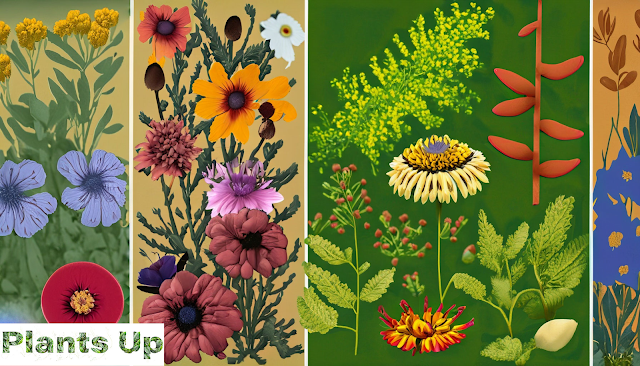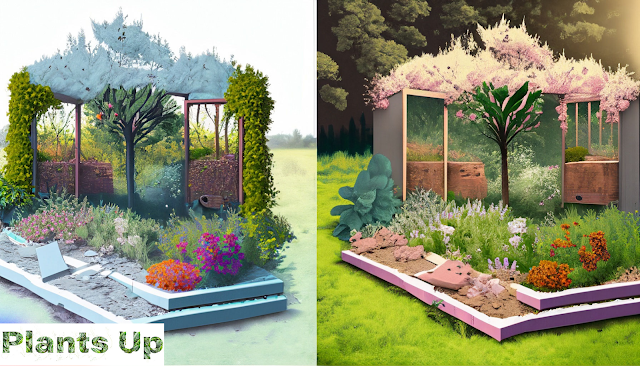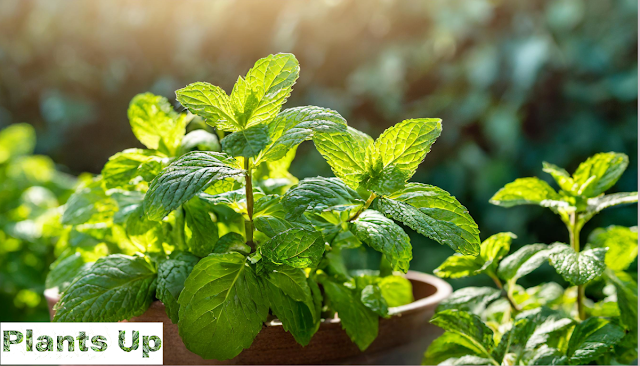 |
| Pollinator garden |
As the vibrant month of June arrives, it brings with it a special focus on our pollinator friends. June is recognized as Pollinator Month, dedicated to raising awareness about the essential role pollinators play in our ecosystem and the urgent need to protect them. In this blog, we will explore the significance of pollinators, the challenges they face, and what we can do to support and safeguard these vital creatures.
I. The Importance of Pollinators
Pollinators play a vital role in our ecosystem, facilitating plant reproduction and ensuring food production. Their diverse species contribute in unique ways.
A. Understanding the role of pollinators in our ecosystem:
Pollinators, including bees, butterflies, birds, bats, and other insects, play a crucial role in pollination. They transfer pollen from the male parts of flowers to the female parts, enabling the fertilization of plants. This process is essential for plant reproduction and the production of fruits, vegetables,
nuts, and seeds.B. The significance of pollination for plant reproduction and food production:
Without pollinators, many plant species would struggle to reproduce, resulting in a decline in plant populations and reduced biodiversity. Additionally, approximately 75% of the world's leading food crops rely on pollinators for successful pollination. These include crops like apples, almonds, strawberries, tomatoes, and coffee. Pollinators are, therefore, crucial for ensuring global food security.
C. The diversity of pollinator species and their unique contributions:
Pollinators come in various shapes and sizes, with different species specializing in pollinating specific types of plants. Bees, for example, are prolific pollinators and are responsible for pollinating a wide range of flowering plants. Butterflies and moths are important pollinators, especially for plants with long tubular flowers. Birds, such as hummingbirds, play a vital role in pollinating certain plant species, particularly those with bright, tubular flowers. Each pollinator species contributes uniquely to the pollination process, adding to the overall biodiversity and resilience of ecosystems.
II. Threats to Pollinators
Pollinators face challenges such as habitat loss, pesticide use, and the impacts of climate change, which affect their populations.
A. Habitat loss and fragmentation:
One of the significant threats to pollinators is the loss and fragmentation of their natural habitats. Urbanization, agriculture, and deforestation lead to the destruction of flowering plants and nesting sites, limiting the resources available to pollinators.
B. Pesticide use and its impact on pollinators:
The use of pesticides, particularly insecticides, can have detrimental effects on pollinators. Certain pesticides can be toxic to bees, butterflies, and other insects, leading to population declines. Pesticides can contaminate nectar and pollen, affecting the health and behavior of pollinators.
C. Climate change and its effects on pollinator populations:
Climate change poses significant challenges for pollinators. Rising temperatures, changing rainfall patterns, and extreme weather events can disrupt the availability of flowering plants and nesting sites. These changes can impact the synchronization between pollinators and the plants they depend on, potentially leading to a decline in pollinator populations.
III. Ways to Protect Pollinators
 |
| Native plants |
A. Creating pollinator-friendly gardens and habitats:
One of the most effective ways to protect pollinators is by creating gardens and habitats that provide them with food, shelter, and nesting sites. Planting a diverse range of native flowering plants, including those with different blooming times, ensures a continuous source of nectar and pollen throughout the seasons.
B. Avoiding or minimizing pesticide use:
Reducing the use of pesticides, especially harmful insecticides, helps protect pollinators. Integrated Pest Management (IPM) techniques, such as using organic and natural alternatives, targeting specific pests, and practicing proper timing and application, can help minimize the negative impact on pollinators.
C. Supporting native plant species:
Native plants have co-evolved with local pollinators and are often better adapted to meet their needs. By incorporating native plants into gardens, landscapes, and restoration projects, we can provide essential resources for pollinators and help preserve local biodiversity.
D. Providing nesting sites and water sources for pollinators:
Pollinators need suitable nesting sites and access to clean water. Providing bee houses, leaving some areas of bare soil for ground-nesting bees, and incorporating water features or shallow dishes with rocks for perching can create inviting habitats for pollinators.
IV. Engaging the Community
Spreading awareness about pollinators through education, collaborating with local organizations, and participating in citizen science projects can engage the community.
A. Spreading awareness about pollinators through educational initiatives:
Raising awareness about the importance of pollinators and their conservation is crucial. Conducting educational programs, workshops, and presentations in schools, community centers, and gardens can help inform people about the value of pollinators and inspire them to take action.
B. Collaborating with local organizations and community groups:
Working together with local environmental organizations, gardening clubs, beekeeping associations, and community groups can strengthen efforts to protect pollinators. Collaborative projects, such as establishing pollinator corridors or organizing community planting events, can have a significant impact on pollinator conservation.
C. Participating in citizen science projects:
Citizen science initiatives, such as monitoring and recording pollinator sightings, collecting data on plant-pollinator interactions, or participating in butterfly or bee counts, allow individuals to contribute valuable information to scientific research and conservation efforts.
V. Advocacy and Policy
Supporting pollinator-friendly policies, promoting responsible land management practices, and contributing to research and conservation efforts are essential for long-term protection.
A. Supporting pollinator-friendly policies and regulations:
Advocating for policies that protect pollinators and their habitats is crucial. Encouraging governments and local authorities to implement regulations that restrict harmful pesticide use, promote habitat conservation, and support pollinator-friendly practices can make a significant difference.
B. Encouraging responsible land management practices:
Promoting sustainable land management practices, such as reducing the use of herbicides, preserving natural areas, and implementing agroecological approaches, can create healthier environments for pollinators.
C. Promoting research and conservation efforts:
Supporting research on pollinators and their ecosystems helps advance knowledge and understanding of their needs and conservation requirements. Encouraging funding for research projects, conservation initiatives, and habitat restoration programs can contribute to the long-term protection of pollinators.
VI. Celebrating Pollinator Month
 |
| Before and after transformation of Small Garden |
Hosting events, sharing information on social media, and engaging in activities with friends and family can celebrate Pollinator Month and raise awareness.
A. Hosting pollinator-themed events and workshops:
Organizing events such as garden tours, workshops on pollinator gardening, or presentations by local experts can raise awareness and provide practical knowledge on supporting pollinators.
B. Sharing information and resources on social media platforms:
Using social media platforms to share informative posts, tips, and resources related to pollinators can reach a wide audience and inspire individuals to take action in their own communities.
C. Engaging in pollinator-related activities with friends and family:
Encouraging friends, family, and community members to join in pollinator-related activities such as planting pollinator-friendly gardens, participating in citizen science projects, or supporting local conservation initiatives strengthens the collective effort in protecting pollinators.
Conclusion:
June is a time to celebrate and protect our precious pollinators. By understanding their importance, addressing the threats they face, and taking action to create a pollinator-friendly environment, we can make a significant difference in their survival. Let us embrace Pollinator Month as an opportunity to appreciate and safeguard these invaluable creatures that contribute to the health and beauty of our natural world.
Remember, every action, no matter how small, counts in protecting our pollinators.
Together, let's ensure a thriving future for these remarkable beings that make our world blossom.
Happy Gardening!
